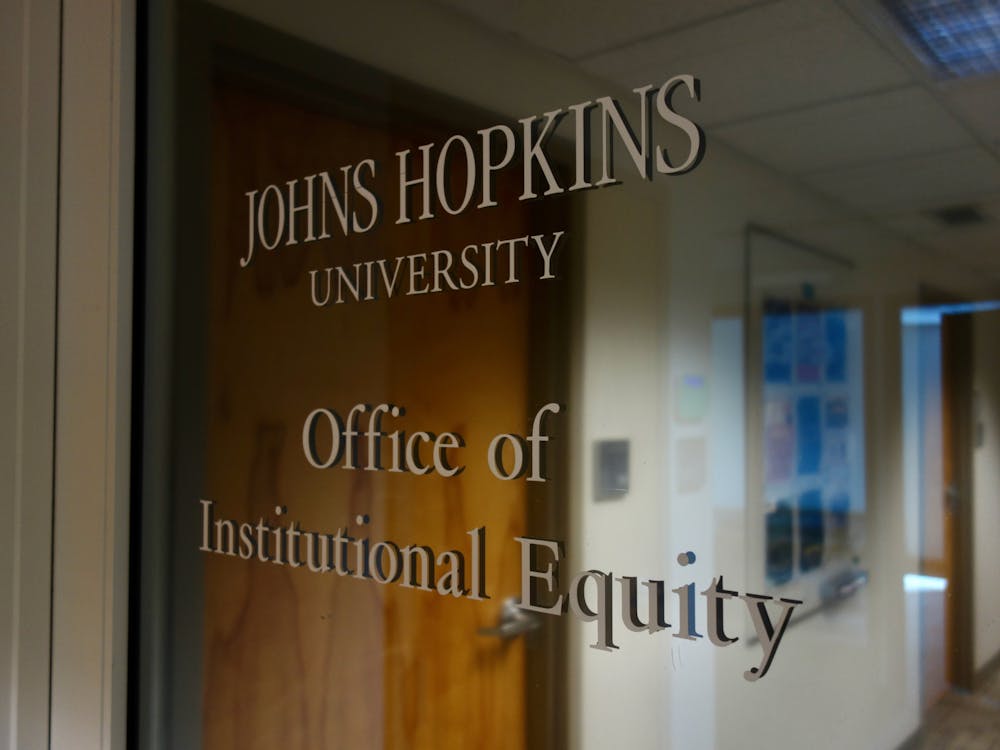The Parents And Communities as Experts (PACE) study seeks to understand how caregivers and community members view the return to in-person school during the COVID-19 pandemic. The team hopes to use the results to develop a public health campaign to support families.
Focusing on K-8 schools in eight Maryland counties with the largest proportion of underserved communities — Allegany, Baltimore City, Caroline, Dorchester, Kent, Prince George’s, Somerset and Wicomico — the study hopes to learn which public health techniques work, and which are failing families through a series of community discussions and surveys.
Director of the Rales Center for the Integration of Health and Education and Associate Professor of Pediatrics Sara Johnson, one of the principal investigators, discussed the study in an interview with The News-Letter.
“We have community advisory boards made up of parents, teachers, school leaders, school nurses... [as well as] a youth advisory board,” she said. “They're telling us about the strategies that are being used in their schools and in their children’s schools, what makes them feel the most comfortable about staying in school, what are the things they're not so sure about and what things they have concerns about.”
These discussion forums are informing a parent survey, which will be distributed in the coming weeks. The results of the survey, combined with follow-up conversations regarding specific topics raised in the results, will inform the efforts the group takes.
PACE, which received a $1.47 million grant from the National Institutes of Health’s (NIH) RADx-UP initiative, emerged from a long history of collaboration at Hopkins, particularly between the Rales Center and the Consortium for School-Based Health Solutions, which both focus on improving school health systems in Baltimore City.
“We've been really committed to understanding how we can use the tools of school health to increase kids' access to really high-quality wellness and health programs, including primary care programs,” Johnson said. “We had these really robust, vibrant consortia from across Hopkins; when the [NIH] put out a call to action... we thought that we were pretty well prepared to do that.”
A portion of this preparation came in the form of preexisting relationships with the school districts involved, relationships that, according to Johnson, were strengthened by the pandemic and the work done to ensure that schools knew how to safely handle ever-changing conditions.
Medical Director of the Rales Center and Assistant Professor of Pediatrics Dr. Kate Connor, a member of the PACE team, described the study’s motivations.
“We received a lot of requests for consultation, guidance, technical assistance from schools and school districts... Folks were feeling like it wasn't clear what schools could or should be doing in order to help bring kids back into the school building safely and how to implement mitigation measures that were being recommended in a way that was practical,” Connor said. “[PACE] was an opportunity for all of us to collaborate on a larger scale.”
The study is designed to elucidate the impact of the pandemic on underserved communities — the chief focus of the NIH RADx-UP initiative. Connor explained that PACE hopes to increase educational equity through its work.
“Folks from lower-income communities, folks from communities of color have experienced a disproportionate burden of the pandemic in terms of the direct effects of more infections, more hospitalizations, more deaths but also more disruption in their lives, more emotional trauma,” Connor said. “Students in these communities may already have been experiencing both health and educational inequities unrelated to the pandemic, [which were] amplified.”
In addition to Hopkins researchers, the 14-person team behind the study consists of researchers from Morgan State University and the University of Maryland School of Medicine, represented by principal investigators Lorece Edwards and Erin Hager, respectively.
“Increasingly we’re recognizing how important it is to have all the anchor research institutions together to do work collaboratively,” Johnson said. “We’re really lucky to have colleagues both at the School of Medicine at University of Maryland as well as at Morgan State who have the specific kinds of expertise that we needed.”
The end goal of the project is to create public health techniques that work at the local level, and can then be extended to other districts across Maryland and the country.
“It's critical to understand how to send kids back with the full support of their communities, and in order to get kids back into school safely and keep them there, we need to have their family and communities behind that effort,” Johnson said. “The more we can do to hear and listen to parents’ and caregivers’ voices and really understand where the pain points are, the more we can support a return to school.”





